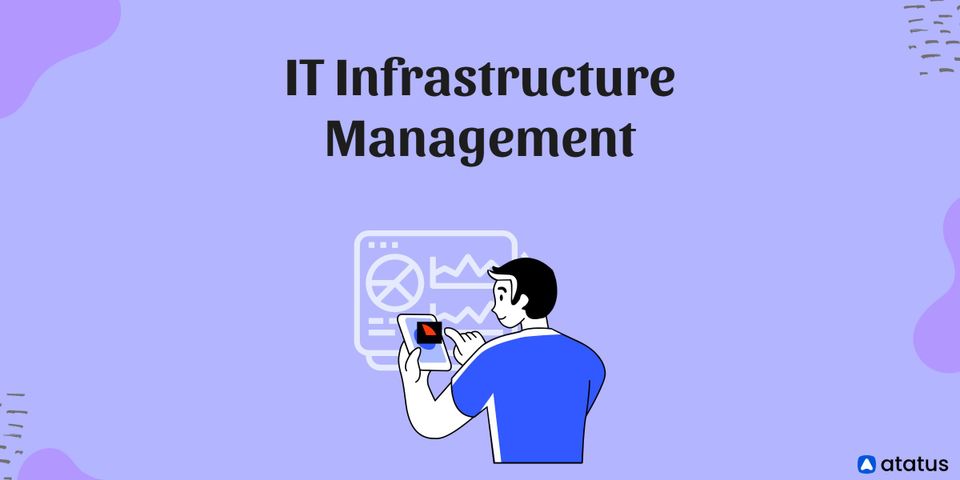When a security team discovers a threat, it's critical that businesses are prepared for the next steps. A well-coordinated sequence of operations and events assigned to certain stakeholders on a dedicated incident response team is required in an incident response plan (IRP). Some companies may have their own in-house incident response team, while others may opt for a hybrid model in which they outsource technical analysis but manage the rest of the IRP in-house.
We will cover the following:
- What is Incident Response?
- Steps for Effective Incident Response
- What is an Incident Response Team's Role?
- Who is Responsible for Incident Response?
- Why Incident Response is Important?
What is Incident Response?
The process through which an organization addresses a data breach or cyberattack, including how the company seeks to control the consequences of the attack or breach, is referred to as incident response. Finally, the goal is to successfully manage the incident such that harm is limited, recovery time and expenses are kept to a minimum, and collateral damage such as brand reputation is maintained to a minimum.
Organizations should have a defined incident response plan in place at the very least. This strategy should specify what defines an incident for the organization and layout a step-by-step procedure to follow in the event of an incident. It's also a good idea to name the teams, employees, or leaders who will be in charge of both the overall incident response initiative and the specific actions outlined in the incident response plan.
Making and having a flight plan before it is needed is what incident response is all about. Rather than being an IT-centric procedure, it is a broader business function that ensures an organization's ability to make timely decisions based on accurate data.
Steps for Effective Incident Response
An incident response plan contains six important phases, according to the SANS Institute:
Step 1: Preparation
Preparing for an eventual security breach is the most crucial phase of incident response. Preparation includes policy, response plan/strategy, communication, documentation, identifying CIRT members, access control, tools, and training to help organizations decide how well their CIRT will be able to respond to an incident.
Step 2: Identification
Identification is the process of detecting occurrences, ideally quickly to allow for a quick response and hence lower costs and losses. IT staff gathers events from log files, monitoring tools, error messages, intrusion detection systems, and firewalls to discover and determine issues and their scope in this step of effective incident response.
Step 3: Containment
Containing an issue once it has been recognized or identified is a high priority. The primary goal of containment is to confine the harm and prevent it from spreading. It's vital to remember that throughout the containment phase, all of SANS' recommended measures should be followed, notably to avoid the destruction of any evidence that may be needed later for prosecution. These phases include short-term containment, system backup, and long-term containment.
Step 4: Eradication
The phase of effective incident response that comprises removing the threat and restoring afflicted systems to their prior state, ideally with minimal data loss, is known as eradication. The major acts connected with eradication are ensuring that the right procedures have been performed to this point, including measures that not only delete the harmful information but also ensure that the affected systems are entirely clean.
Step 5: Recovery
The key activities connected with this step of incident response are testing, monitoring, and validating systems while bringing them back into production to ensure that they are not re-infected or compromised. This phase also entails making decisions on when and how to resume operations, testing and verifying the compromised systems, monitoring for aberrant behaviours, and using tools to test, monitor, and validate system behaviour.
Step 6: Learned Lessons
Lessons learned are an important part of the incident response process since they serve to educate and enhance future response efforts. This step allows businesses to update their incident response plans with new information that may have been overlooked during the occurrence, as well as complete documentation to help with future incidents. Lessons learned reports provide a comprehensive overview of the incident and can be utilized in recap sessions, as training materials for new CIRT members, or as comparison benchmarks.
The key to successful incident response is proper preparation and planning. After a breach or attack, it's sometimes too late to coordinate efficient response activities without a defined plan and course of action. Investing the time to develop a comprehensive incident response strategy can save your company time and money by allowing you to quickly retake control of your systems and data in the event of a breach.
What is an Incident Response Team's Role?
A good incident response program necessitates assembling a cross-functional team from all parts of the company. Any attempt at incident response will almost certainly be ineffective without the right people in place. The team not only assists with the implementation of the incident response plan (IRP) but also with continuous oversight and maintenance, including technical control administration on a day-to-day basis. Each team member should have clear responsibilities and objectives. These are actions that take place not only during an incident but also before and after it. Members of the organization's overarching security committee may be included on the incident response team.
Who is Responsible for Incident Response?
An incident response team should be formed to adequately plan for and respond to incidents across the business. This type of security team is in charge of assessing security occurrences and determining the best course of action. An incident response team may consist of the following individuals:
- During the identification, analysis, and containment of an issue, an incident response manager, usually the head of IT, oversees and prioritizes actions. The incident response manager also informs the rest of the organization about the special needs of high-severity incidents.
- To determine the date, time, and circumstances of an occurrence, security analysts support management and engage directly with the affected network. Triage analysts look for potential invasions while filtering out false positives. Forensic analysts recover important artifacts while also preserving the evidence and the investigation's integrity.
- Threat researchers who provide incident context and threat intelligence. They trawl the internet for material that may have been leaked to the public. Threat researchers combine this information with past event reports to develop and maintain an internal intelligence database for an organization. It is possible to outsource this degree of expertise if it does not exist in-house.
A human resources representative may be included on the incident response team, especially if the inquiry indicates that an employee was engaged in the occurrence. Vulnerability assessments and threat metrics can be developed by audit and risk management specialists. They also promote excellent practices within the company.
Why Incident Response is Important?
Any incident activity that isn't properly managed and addressed has the potential to turn into a bigger problem, culminating in a major data breach, a considerable financial outlay, or a system collapse. Quickly responding to an incident can assist an organization to lower the risk of future incidents by minimizing damages, mitigating exploited vulnerabilities, restoring services and operations, and reducing the risk of future incidents.
Problem response allows an organization to plan for both the known and unknown, and it is a dependable technique of detecting a security incident as soon as it occurs. An organization can also utilize incident response to build a set of best practices for stopping an infiltration before it causes damage.
Most businesses rely on sensitive information that would be disastrous if it were compromised, therefore the incident response is a critical part of running a business. Simple malware infections to unsecured employee laptops with hacked login passwords and database dumps are all possibilities. Any of these situations can have both short- and long-term consequences that can affect the organization's overall success.
Furthermore, security breaches can be costly, as businesses may be subject to regulatory fines, legal fees, and data recovery charges. It could also have an impact on future revenues, as unresolved incidents are linked to a drop in company reputation, customer loyalty, and satisfaction.
While organizations cannot totally eliminate problems, incident response strategies can assist to reduce them. The focus should be on what can be done ahead of time to prepare for the effects of a security incident. While hackers will always exist, a team can be ready to defend against and respond to their attacks. As a result, having a functional and successful incident response strategy is critical for all sorts of businesses.
Conclusion
The majority of incident response technology is commercial, needing sufficient funds and operating budgets. Alternatively, there are a variety of open-source software options that may be customized to meet the needs of a certain company. When deciding on an open-source method, consider how much effort will be required, how efficiently it will scale, and how effective it will be in the long run.
Monitor Your Entire Application with Atatus
Atatus provides a set of performance measurement tools to monitor and improve the performance of your frontend, backends, logs and infrastructure applications in real-time. Our platform can capture millions of performance data points from your applications, allowing you to quickly resolve issues and ensure digital customer experiences.

Atatus can be beneficial to your business, which provides a comprehensive view of your application, including how it works, where performance bottlenecks exist, which users are most impacted, and which errors break your code for your frontend, backend, and infrastructure.





